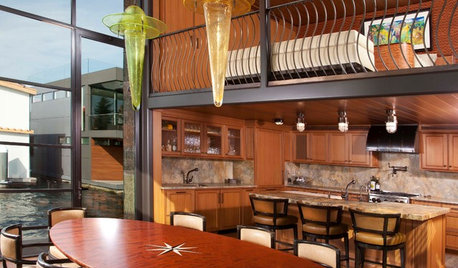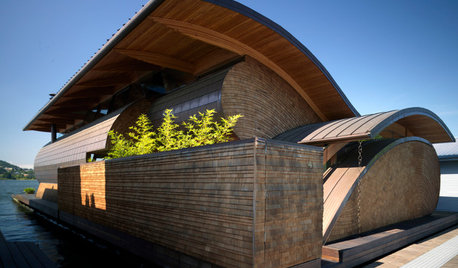Floating row covers
matersingarden
16 years ago
Featured Answer
Comments (16)
denninmi
16 years agomarshallz10
16 years agoRelated Professionals
Glen Ellyn Landscape Architects & Landscape Designers · Manorville Landscape Architects & Landscape Designers · Brunswick Landscape Contractors · El Segundo Landscape Contractors · Gloucester Landscape Contractors · Hilton Head Island Landscape Contractors · Homewood Landscape Contractors · Lantana Landscape Contractors · McLean Landscape Contractors · Milford Mill Landscape Contractors · Ronkonkoma Landscape Contractors · Sun City Center Landscape Contractors · Kingsburg Landscape Contractors · Silver Firs Landscape Contractors · Providence Driveway Installation & Maintenancenygardener
16 years agodigdirt2
16 years agobarrie2m_(6a, central PA)
16 years agobejay9_10
16 years agodigdirt2
16 years agoken_platt
16 years agolaceyvail 6A, WV
16 years agobarrie2m_(6a, central PA)
16 years agozengeos
16 years agojustaguy2
16 years agoschoolhouse_gw
15 years agooldroser
15 years agocorapegia
15 years ago
Related Stories

HOUZZ TOURSHouzz Tour: Eclectic Row House in London
Vintage treasures, original illustrations and family keepsakes make this bright home just right for a British family of four
Full Story
MY HOUZZMy Houzz: A Cocktail of Industrial and Cozy on Louisville's Whiskey Row
Muted tones and soft textures transform an open loft space into an inviting home
Full Story
CONTEMPORARY HOMESHouzz Tour: A Bark-Covered Floating Getaway on Lake Union
If the unusual siding doesn’t clue you in to the fine craftsmanship in this floating home, the handmade handrails, lights and furniture will
Full Story
CONTEMPORARY HOMESHouzz Tour: Curves Ahoy! See a Unique Floating Home
It appeared on ‘Portlandia,’ but it doesn’t take a camera crew to see how special this home on a river is
Full Story
WINDOW TREATMENTSBalloon Shades Float Into Fashion
Use these formal window treatments to add texture and luxury to traditional rooms
Full Story
HOUZZ TOURSMy Houzz: Relaxed Glamour in a Downtown Row House
See how this Maryland couple put their own creative stamp on their 1890 home
Full Story
HOUZZ TOURSDesign Lessons From a 10-Foot-Wide Row House
How to make a very narrow home open, bright and comfortable? Go vertical, focus on storage, work your materials and embrace modern design
Full Story
HOUZZ TOURSHouzz Tour: Loving the Old and New in an 1880s Brooklyn Row House
More natural light and a newly open plan set off furnishings thoughtfully culled from the past
Full Story
MY HOUZZMy Houzz: Hip Style for a Row House in D.C.
Happy colors, DIY projects and vintage items find a home in this family’s updated 1960s residence
Full StoryMore Discussions








weemsfam_cox_net